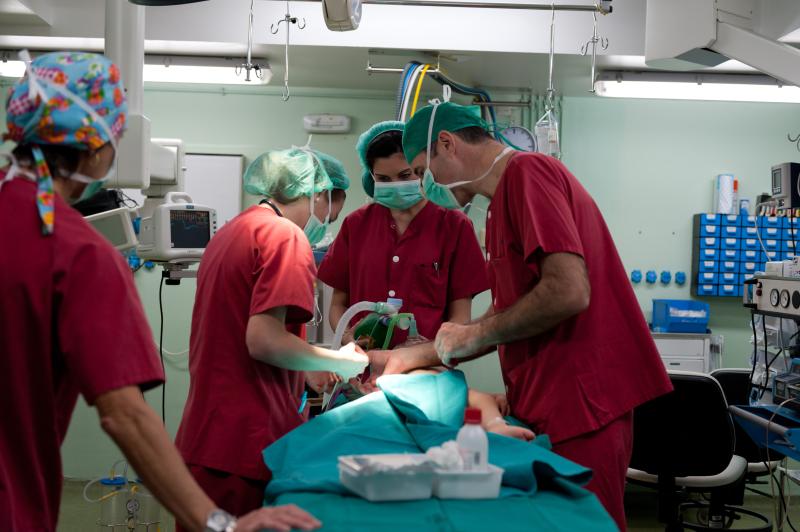
Researchers have recently developed a novel chyme reinfusion device for gastrointestinal fistulas and stoma. Besides its safety, the device provides potential benefits in remediating high-output losses, improves fluid and electrolyte balance, weans off parenteral nutrition, and improves surgical recovery.
“High‐output enterostomies and enteroatmospheric fistulas are common causes of intestinal failure and may necessitate parenteral nutrition and prolonged hospital stay,” said the researchers.
However, although reinfusing lost chyme into the distal gut has been shown to be beneficial, its implementation remains limited because manual reinfusion is “unpleasant and labour-intensive.” In addition, devices are not available, according to the researchers.
To address this, a novel device was developed to easily and efficiently reinfuse chyme, with first-in human data. [Br J Surg 2020;doi:10.1002/bjs.11516]
The device boasts of a compact centrifugal pump that fits inside a standard stoma appliance. This pump connects to an intestinal feeding tube inserted into the distal intestinal limb. Magnetic coupling to a handheld driver unit activates the pump across the appliance, which then causes intermittent bolus reinfusion while avoiding effluent contact. Finally, the developers assessed the safety, technical and clinical factors of the novel device.
After testing for microbiological safety, the device was evaluated in 10 patients, which had a median installation duration of 39.5 days (total 740 days). Indications were as follows: remediation of high-output losses in eight patients, dependency on parenteral nutrition in five and gut rehabilitation before surgery in 10.
No device-related serious adverse events were reported, and reinfusion appeared to be well tolerated with use of regular boluses of approximately 200 ml.
The novel chyme reinfusion device provided clinical benefits, including resumption of oral diet, cessation of parenteral nutrition in four of five patients, correction of electrolytes and liver enzymes, and hospital discharge for six of 10 patients. However, postoperative ileus occurred in one of seven patients with intestinal continuity restored.
Historically, isolated clinical groups applied chyme reinfusion, with the largest experience recorded in France, according to the researchers. [Br J Surg 1988;75:549-553; Nouv Presse Med 1979;8:782-783]
The current findings were consistent with those of a recent systematic review of 24 adult studies, which demonstrated several clinical benefits in patients with high-output losses, intestinal failure, and fluid/electrolyte imbalance, and with minimal complications. [Nutr Clin Pract 2019;doi:10.1002/ncp.10417]
However, chyme reinfusion has failed to gain clinical traction due to lack of acceptable techniques, available technologies or palatable workflows, the researchers noted. [WCET J 2016;36:28; Nutr Clin Pract 2019;doi:10.1002/ncp.10417]
“Other than the sporadic use of custom devices, manual solutions for chyme reinfusion have often been applied (such as straining and syringing), including in settings where parenteral nutrition is too costly or not widely available,” the researchers said. “[H]owever, these manual strategies are time-consuming and unpleasant.” [Trop Doct 2000;30:138-140; J Gastrointest Surg 2018;22:1251-1257; WCET J 2016;36:28]
Pivotal trials and regulatory approvals are ongoing, they added.